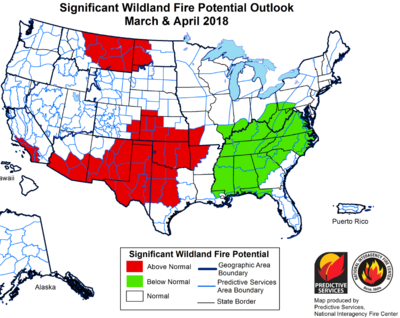Warren Faidley
Supporter
I thought about titling this thread "The State of the 2018 Chase Season" as a joke, but after last year, it's not funny.
So I received the ENSO outlook today and it forecasts the current weak / moderate La Nina will continue through the winter with a transition into ENSO neutral conditions during the spring.
I know there are many theories about the effect of La Nina / El Nino on chase seasons but the general consensus leans towards a slightly less active May / June.
W.
So I received the ENSO outlook today and it forecasts the current weak / moderate La Nina will continue through the winter with a transition into ENSO neutral conditions during the spring.
I know there are many theories about the effect of La Nina / El Nino on chase seasons but the general consensus leans towards a slightly less active May / June.
W.

